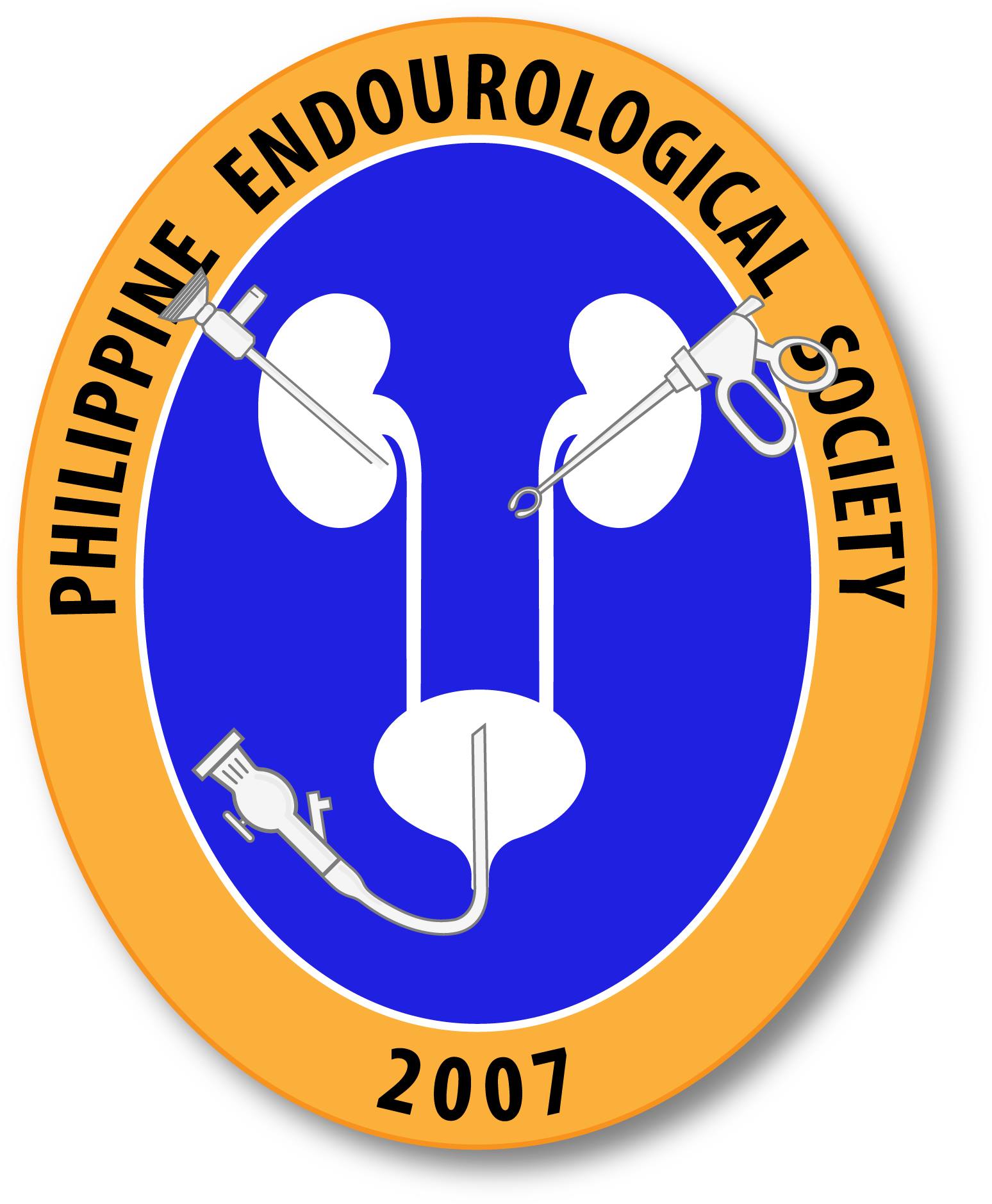In the current study, using different radiobiological models, tumor control probability (TCP) and normal tissue complication probability (NTCP) of radiotherapy plans were calculated for three-dimensional conformal radiation therapy (3D-CRT) and intensity modulated radiation therapy (IMRT) of prostate cancer.
10 prostate plans were randomly selected among patients undergoing radiation therapy of prostate cancer. For each patient, 3D-CRT and IMRT plans were designed to deliver, on average 76 Gy and 82 Gy to planning target volume, respectively. Using different radiobiological models including Poisson, equivalent uniform dose (EUD) and Lyman-Kutcher-Burman (LKB), TCP and NTCP were calculated for prostate and critical organs including bladder, rectum and femoral heads.
IMRT plans provided significantly lower NTCP for bladder, rectum and femoral heads using LKB and EUD models (p-value <0.05). The EUD-calculated TCP for prostate cancer revealed no considerable improvement for IMRT plans relative to 3D-CRT plans. However, the TCPs calculated by Poisson model were dependent on α/β, and higher TCP for IMRT relative to 3D-CRT was seen for α/β higher than 5.
It can be concluded that IMRT plans were superior to 3D-CRT plans in terms of estimated NTCP for studied critical organs. On the other hand, different mathematical models provided different quantitative outcome for TCP of prostate cancer plans. More clinical studies are suggested to confirm the accuracy of studied radiobiological models.
Journal of biomedical physics & engineering. 2019 Jun 01*** epublish ***
Mesbahi A, Rasouli N, Mohammadzadeh M, Nasiri Motlagh B, Ozan Tekin H
Immunology Research Center, Tabriz University of Medical Sciences, Tabriz, Iran., Radiation Oncology Department, Imam Hospital, Tabriz, Iran., Vocational School of Health Services, Üsküdar University, Istanbul, Turkey.
